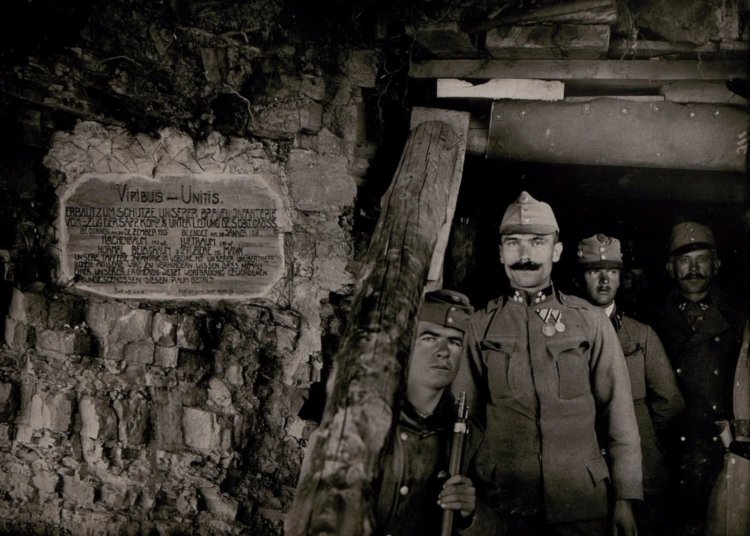The Blitzkrieg strategy introduced by the German military during World War II revolutionized the nature of warfare and had a profound impact on the outcome of the conflict. Characterized by rapid movement, deep penetration, and combined arms tactics, Blitzkrieg allowed the German forces to achieve swift and decisive victories. Despite its limitations, the legacy of Blitzkrieg can be seen in modern military tactics and doctrine, influencing the development of mechanized warfare and the integration of airpower into ground operations. The successes and failures of Blitzkrieg continue to shape the way modern militaries plan and execute their operations in today’s security environment.
The Blitzkrieg: How German Military Strategy Transformed World War II
During World War II, the German military introduced a new and devastatingly effective strategy known as Blitzkrieg. This innovative and aggressive tactic helped the German forces achieve rapid and overwhelming victories, allowing them to conquer vast territories in a short amount of time. The Blitzkrieg not only transformed the nature of warfare during the Second World War, but also had a profound impact on the outcome of the conflict.
Origins of the Blitzkrieg
The term Blitzkrieg, which translates to “lightning war” in German, was first coined by Western journalists who witnessed the rapid and coordinated attacks carried out by the German military during the early stages of the war. The foundations of Blitzkrieg can be traced back to the German military doctrine developed in the interwar period, which emphasized speed, surprise, and the use of combined arms tactics.
One of the key architects of the Blitzkrieg strategy was General Heinz Guderian, who advocated for the use of fast-moving armored units supported by airpower to create gaps in enemy defenses and exploit weaknesses in their lines. This approach marked a departure from the static warfare of World War I, and allowed the German forces to achieve decisive victories in a matter of weeks or even days.
Key Principles of Blitzkrieg
Blitzkrieg was characterized by several key principles that set it apart from traditional military strategies. These included:
- Rapid movement and deep penetration: Blitzkrieg relied on speed and mobility to outmaneuver enemy forces and seize key objectives quickly.
- Combined arms tactics: The coordination of armored units, infantry, and air support was essential to the success of Blitzkrieg operations.
- Surprise and deception: The element of surprise was crucial to catching the enemy off guard and disrupting their defenses.
- Economy of force: Blitzkrieg emphasized the concentration of forces at decisive points to achieve maximum impact with minimal resources.
Impact of Blitzkrieg
The Blitzkrieg strategy had a profound impact on the course of World War II, allowing the German forces to achieve a series of stunning victories in the early years of the conflict. The conquest of Poland, France, and the Low Countries demonstrated the effectiveness of Blitzkrieg in overcoming well-defended and numerically superior opponents.
However, the success of Blitzkrieg was not without its drawbacks. The rapid pace of operations often outstripped the logistical capabilities of the German army, leading to supply shortages and overextended lines of communication. Additionally, the reliance on fast-moving armored units left the German forces vulnerable to counterattacks and encirclement by more mobile adversaries.
Legacy of Blitzkrieg
Despite its limitations, the Blitzkrieg strategy revolutionized modern warfare and influenced military tactics and doctrine for decades to come. The principles of speed, mobility, and combined arms tactics laid the foundation for the development of mechanized warfare and the integration of airpower into ground operations.
Today, the legacy of Blitzkrieg can be seen in the use of rapid deployment forces, precision-guided munitions, and network-centric warfare. The lessons learned from the successes and failures of the Blitzkrieg strategy continue to shape the way modern militaries plan and execute their operations in an increasingly complex and dynamic security environment.
In conclusion, the Blitzkrieg strategy pioneered by the German military during World War II transformed the nature of warfare and had a lasting impact on the outcome of the conflict. By harnessing the power of speed, surprise, and coordination, the German forces were able to achieve rapid and overwhelming victories that reshaped the geopolitical landscape of Europe. The legacy of Blitzkrieg continues to influence military operations and strategy to this day, serving as a testament to the enduring legacy of innovation and adaptability in the face of adversity.













